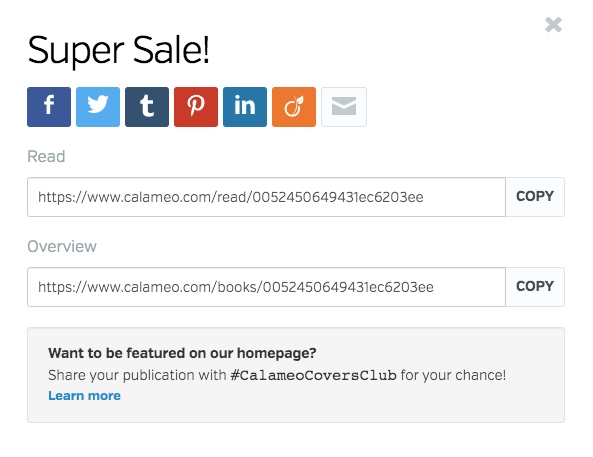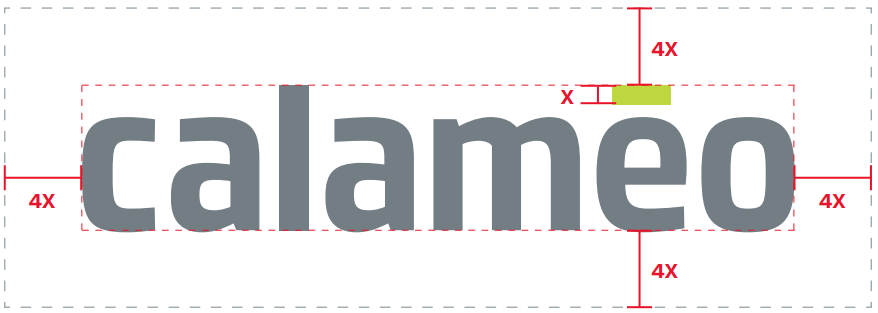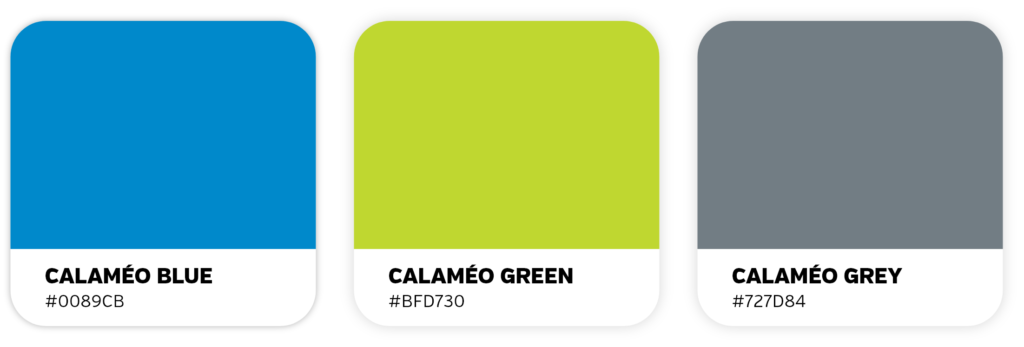The Content Creator’s Guide to Social Media
Thanks to social media, delivering content to thousands of people at once is as easy as hitting the “Post” button. But it isn’t always easy to achieve the results you have in mind. That’s why we’re bringing you a new series all about making these channels work for your digital publishing needs. Next up: how to promote content with Pinterest.
Why use Pinterest to promote content?
If Pinterest has been flying under your radar until now, it’s time to consider signing up. The last time we talked about Pinterest marketing on the blog in 2018, there were 200 million users. By the middle of 2020, that number grew to more than 442 million users around the world—an impressive 121% increase in just over two years.
For those who haven’t yet tried to promote content with Pinterest, its role as an inspiration hub for users offers several advantages. According to Pinterest’s research, over 90% of its users turn to Pinterest for inspiration. But they don’t just daydream. More than 80% use Pinterest to make shopping decisions and more than 70% discover new products and brands there. Plus, users love Pinterest: it ranked first in a 2019 survey of customer satisfaction with social networks.
However, Pinterest is not exactly a social network. Despite serving as source of inspiration like Instagram, Pinterest acts more as a search engine than a photo feed. Users, or Pinners, search for ideas among the billions of posts, or pins, that have been saved to the platform. Then, they curate their favorites on personal boards. To reach these Pinners, you’ll want to read through our tips and promote content with Pinterest.

Pinning for publishers
Although Pinterest is easy to use, you may need a little time to get used to its vocabulary and set up your profile. If you are creating a Pinterest account for a business, first claim your company’s website. Because pins can be created from content found almost anywhere across the internet as well as uploaded individually, claiming your website will help you identify pins already saved from your site.
Once you’ve registered your business profile and filled it out, you can get started pinning. Basic uploaded pins can contain a title, description, image and external link. And to promote content with Pinterest effectively, keeping search in mind is essential.
Similarly to classic SEO, you should focus on choosing keywords related to your content and include them in the titles and descriptions of your pins. An eye-catching visual is also a must to stand out in Pinterest search results. Imagine what kind of searches Pinners are making that could lead them to your content, then tailor your pins to help them find it.

In addition to creating individual pins, you can create groups of pins called boards to display on your business profile. Boards make your Pinterest profile more attractive and easier to browse by packaging pins into different collections. Try resaving pins posted by other users to supplement your own content and consider adding video, article or product pins to enrich your boards.
Digital publishers can promote content with Pinterest in lots of ways. For example, build out a new board around each new release with pins related to your publication’s content. Use boards to house your publication archives or link shoppable boards to your ecommerce strategy.
Audience participation
After setting up your business profile and pinning your content, you’ll be able to take advantage of Pinterest’s account statistics. While your Analytics has lots of interesting information, the first thing you should check is your top pins. Seeing which of your pinned content has the most engagements, link clicks and saves can give you a good idea of what works best on Pinterest.
Next, continue to refine how you promote content with Pinterest going forward. You can use insights about your most successful pins as a model for fresh posts, but don’t be afraid to experiment as well! For best results, add new pins regularly to your existing boards. Unlike most other social networks, Pinterest content tends to be evergreen. That means pins don’t disappear from user feeds like tweets and updates. Instead, they can turn up in search results and on Pinners’ boards for months or even years.
As a result, you should always keep an eye on your older pins. Make sure that none of them redirect to broken links, since Pinterest can be a key source of traffic to your website. You can also repost content with updated images, titles or description text if you want to give certain publications a boost. No matter what kind of digital publications you have to promote, Pinterest can be a powerful platform to help new users discover them.

Ready to start?
Now that you’ve got all the details about how to promote content with Pinterest, it’s time to turn your online documents into great digital publications. Sign up for your free Calaméo account today and explore what digital publishing can do for you!







